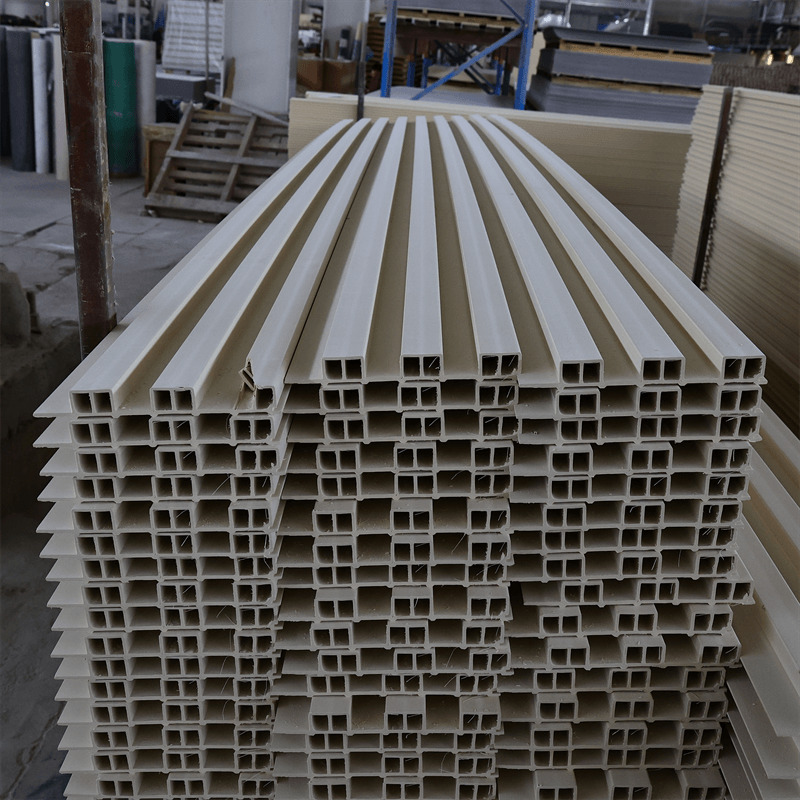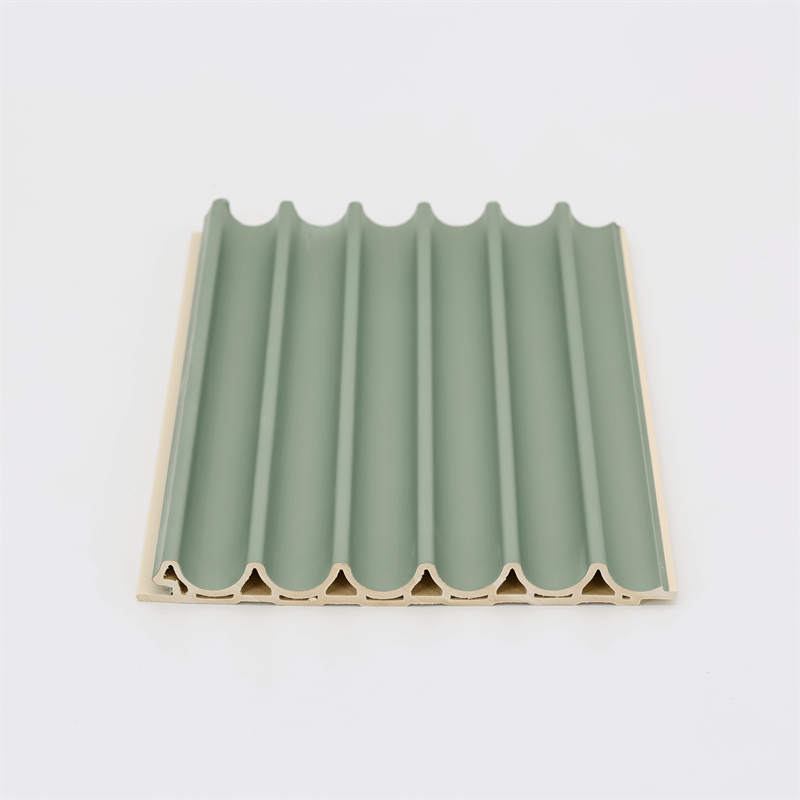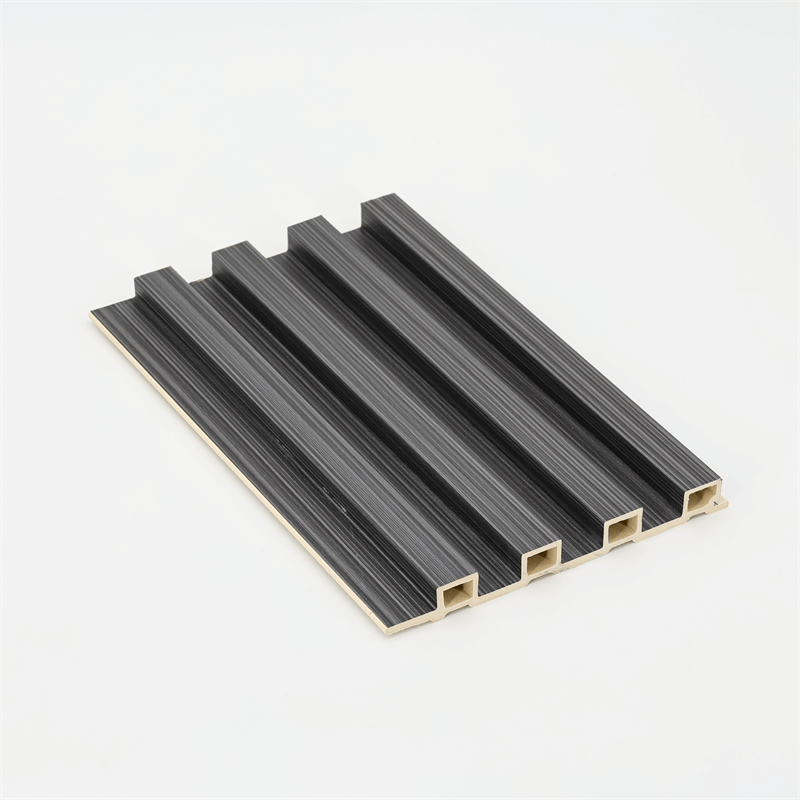In the era of sustainable design and construction, finding environmentally friendly building materials is of utmost importance.
Wood-Plastic Composite (WPC) wall panels have emerged as a viable eco-friendly solution for green buildings.
This essay explores the benefits of WPC wall panels in terms of their use of renewable resources, reduction of carbon footprint, energy efficiency, and contribution to indoor air quality.
I. Use of Renewable Resources:
WPC wall panels are manufactured using a combination of wood fibers and recycled plastic materials. This section discusses the advantages of WPC panels in terms of their use of renewable resources:
- Reduced Reliance on Natural Wood: By utilizing wood fibers, WPC panels reduce the demand for solid wood. This promotes responsible forestry practices, reduces deforestation, and contributes to the conservation of natural resources. WPC panels offer an alternative to traditional wood products, making them a sustainable choice for green buildings.
- Recycling of Plastic Materials: WPC panels incorporate recycled plastic materials, such as post-consumer plastics. This recycling process helps divert plastic waste from landfills, minimizing environmental pollution and supporting a circular economy. By using recycled plastic, WPC panels contribute to resource conservation and waste reduction.
- Sustainable Sourcing: Manufacturers of WPC panels often prioritize sourcing wood fibers from sustainably managed forests and recycled plastic from reliable suppliers. This commitment to sustainable sourcing ensures that the production of WPC panels aligns with responsible environmental practices, further enhancing their eco-friendly credentials.
II. Reduced Carbon Footprint:
WPC wall panels contribute to the reduction of the overall carbon footprint associated with construction materials.
This section explores the benefits of WPC panels in terms of their carbon footprint:
- Lower Energy Consumption: The manufacturing process of WPC panels requires less energy compared to traditional materials such as concrete or steel. The lower energy consumption in production translates to a reduced carbon footprint, contributing to the overall environmental impact of green buildings.
- Carbon Sequestration: The wood fibers used in WPC panels act as a carbon sink, sequestering carbon dioxide from the atmosphere. By incorporating wood fibers, WPC panels help offset carbon emissions, mitigating the impact of greenhouse gases and global warming.
- Extended Lifespan and Durability: WPC wall panels have a long lifespan and require minimal maintenance. This durability eliminates the need for frequent replacements and reduces material waste. The extended lifespan of WPC panels minimizes the carbon emissions associated with manufacturing and transportation, making them a sustainable choice for green buildings.
III. Energy Efficiency:
WPC wall panels contribute to the energy efficiency of buildings, further enhancing their eco-friendly characteristics.
This section discusses the advantages of WPC panels in terms of energy efficiency:
- Insulation Properties: WPC panels can be designed with built-in insulation properties, enhancing the thermal performance of buildings. The insulation properties of WPC panels help regulate indoor temperature, reducing the reliance on heating and cooling systems and minimizing energy consumption. This energy efficiency feature contributes to the overall sustainability of green buildings.
- Reduced Heat Island Effect: WPC panels, especially light-colored ones, reflect a significant portion of solar heat, reducing the heat island effect in urban areas. By minimizing heat absorption, WPC panels help maintain cooler temperatures in and around buildings, reducing the need for excessive cooling and associated energy consumption.
- Integration with Renewable Energy Systems: WPC panels can accommodate the integration of renewable energy systems, such as solar panels or wind turbines. The seamless integration of these technologies into the building envelope enhances the energy efficiency and sustainability of green buildings, further reducing reliance on non-renewable energy sources.
IV. Contribution to Indoor Air Quality:
WPC wall panels contribute to improved indoor air quality, ensuring a healthy and comfortable living environment.
This section highlights the benefits of WPC panels in terms of indoor air quality:
- Low VOC Emissions: WPC panels are manufactured with low or no volatile organic compounds (VOCs). VOCs can release harmful gases into the air, contributing to poor indoor air quality and adverse health effects. By using WPC panels, the emission of VOCs is minimized, promoting a healthier indoor environment.
- Mold and Mildew Resistance: WPC panels are inherently resistant to mold and mildew growth. Mold and mildew can thrive in damp or humid conditions, leading to respiratory issues and allergies. The mold resistance of WPC panels ensures that they do not support mold growth, maintaining a clean and healthy indoor environment.
- Easy Maintenance and Cleaning: WPC panels are easy to clean and maintain, preventing the accumulation of dust, allergens, and pollutants. Regular cleaning with mild detergents and water is usually sufficient to keep the panels free from contaminants. The ease of maintenance contributes to better indoor air quality and promotes a healthier living or working environment.

WPC wall panels offer significant advantages as an eco-friendly solution for green buildings.
Their use of renewable resources, reduction of carbon footprint, energy efficiency, and contribution to indoor air quality make them a sustainable choice for architects and builders.
By incorporating WPC panels in construction projects, we can promote responsible environmental practices, conserve natural resources, reduce carbon emissions, enhance energy efficiency, and create healthier indoor environments.
As the demand for green buildings continues to grow, WPC wall panels will play a crucial role in achieving sustainable and environmentally conscious construction practices.


